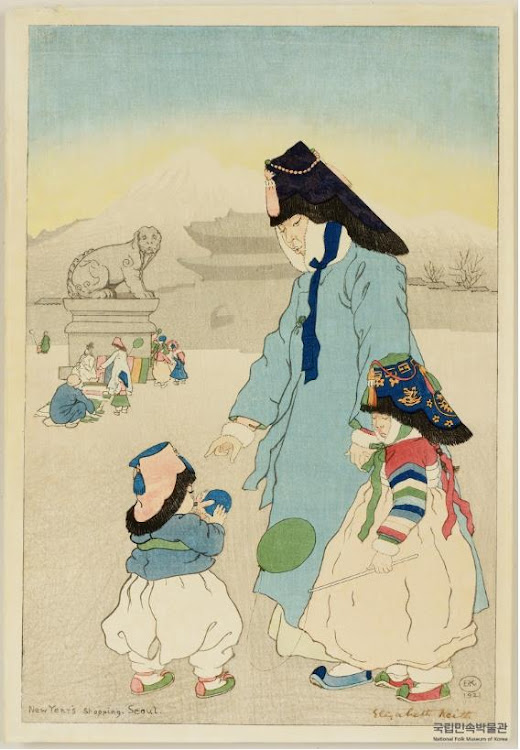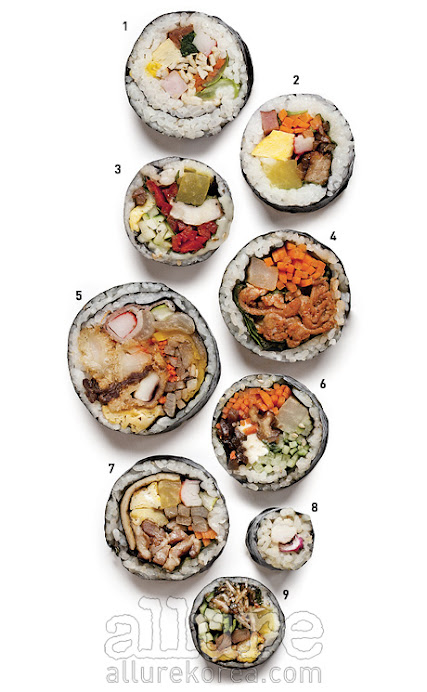(Special exhibition) Koreans’ winter lyricism and winter wisdom (2017.12~2018.3)
*Source_National Folk Museum Folk News November, Gyemyo Year
#Potato dog #Jogori #Winter #Winter painting #Winter play #Winter housekeeping #Winter living #Winter clothes #Winter lyricism #Entering winter #Winter play #Winter scenery #Shadow play #Snow #Snow field #Half Western style #Cotton #Skating # sled #ice #kite #ondol room #Lee Kyung-hyo #jeongmun entrance view #jeongseon #sick poison #cold #top
This special exhibition provided a glimpse into the wisdom of our ancestors to spend the winter wisely. I wanted to show the winter that Koreans survived by dividing it into three themes. Part 1, ‘Encountering Winter’, depicts the ‘storage and preparation’ to face the long winter and get out, while Part 2, ‘Relaxing in Winter’, captures the time of ‘rest’ enjoyed in the lower part of an ondol room while looking at the falling snow. Part 3, ‘Enjoying Winter’, introduced winter games enjoyed while cutting through the cold wind.
What was winter in Korea like?
Winter in Korea is a season when all life takes a break. In the traditional era, our ancestors lived a life of sowing, cultivating, harvesting, and storing according to the four seasons, and in the winter, they paused for a moment from their busy daily life from spring to fall. Afterwards, I recharged my body and mind from the hard work, and spent the next day preparing and playing outside. When you think of winter, you think of biting cold, snow, ice, etc. However, winter is not only cold, but it also has warmth such as ondol rooms, cotton clothes, and grandmother's old stories. In this way, winter in Korea is full of the wisdom and warmth of life, and these landscapes and emotions continue throughout our lives even today.
Nowadays, we feel cold even if we wear well-insulated clothes, but it seems that it would not have been easy for our ancestors to survive the winter.

Our ancestors survived the cold winter wearing ‘a jacket’, a ‘fur toshi’, and ‘a fur hat and fur gloves’. To block the cold and sharp winds, clothes were made of cotton and silk to prevent wind, and cotton was filled between the fabrics to increase warmth. The inside of the ‘Jajogori’ was mainly made of sheep wool for warmth, and the collar and lining were made of tiger fur. Along with this, ‘Nambawi’ and ‘windmill’ were used to warmly cover the face and were also fashion items that completed the going out clothes of stylish people. One interesting thing is that our ancestors always thought that their heads should be cool, so they wore winter balaclavas with open tops at the top of their heads. Additionally, the fur toshi was worn under clothes so that the fur was in contact with the skin, because the fur had to be in direct contact with the skin to have a cold protection effect.
There were many exhibits related to winter play. Introducing winter fun that can be enjoyed while cutting through the cold wind. Representative winter play tools such as ‘kite and float’, ‘top’, ‘sled’, and ‘skate’ were displayed along with ‘yut’, ‘yut board’, and ‘jongji yut’. Even now, these are games that we enjoy in winter. Also, 80-90% of adults' play at the time was winter play, because they had to farm from spring to fall.

In the interactive exhibition space, a pure white snow field was digitally created at the entrance of the exhibition hall so that visitors could relive the winter scenery from their memories, and when walking down a narrow passage on one side of the exhibition hall, snow footprints were engraved along with a crunching sound. From afar, you can hear the buckwheat jelly seller's loud voice shouting 'Buckwheat jelly~ glutinous rice cake~' and the sound of dogs barking. When you take off your shoes and enter the exhibition hall that embodies an ondol room, you can also feel the warmth of the floor, and the interactive video 'Shadow Play' is produced. did.
Yoo Seon-hee (National Intangible Fireworks No. 107 Quilting Instructor)
*Photo_Korea Cultural Foundation
*Source_Ssamzie Sarang Gyubang Craft Research Institute Blog








댓글
댓글 쓰기